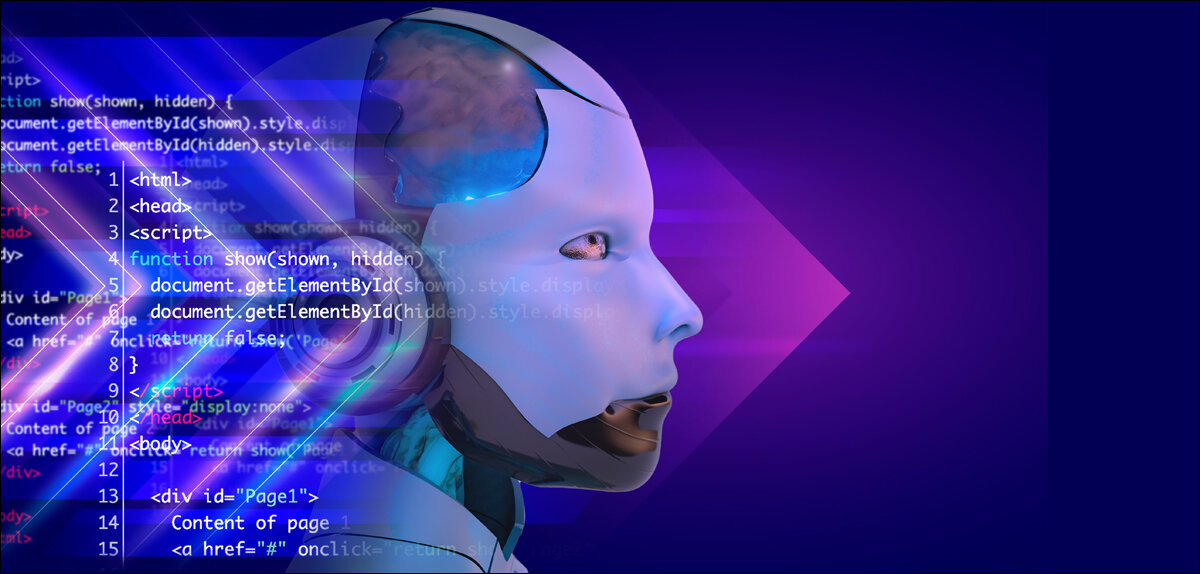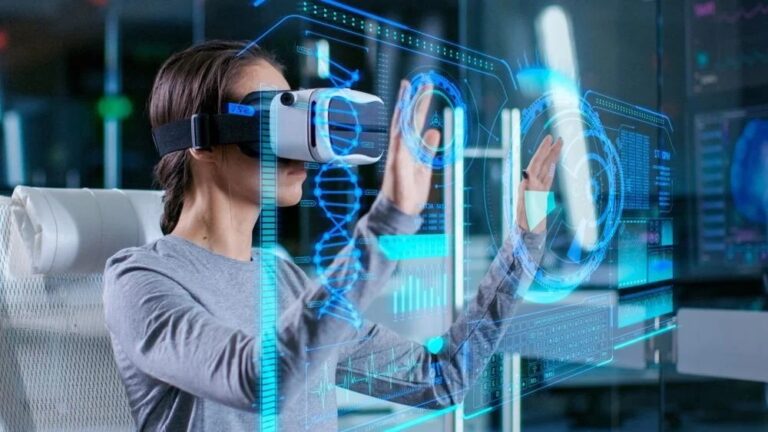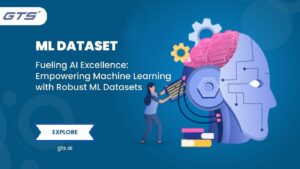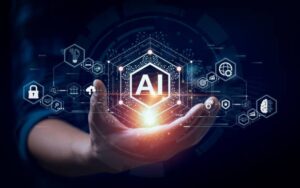As deep learning technologies evolve, they are making significant contributions to various domains, each bringing unique advancements and solutions to complex problems. Here, we explore additional applications and emerging trends in deep learning that showcase its growing influence and potential.
Deep Learning in Agriculture
- Precision Agriculture:
- Crop Health Monitoring: Deep learning models analyze multispectral images captured by drones or satellites to detect crop diseases, nutrient deficiencies, and pest infestations early, enabling timely interventions and improving crop yields.
- Yield Prediction: AI models predict crop yields by analyzing historical data, weather patterns, and soil conditions, helping farmers make informed decisions about planting and harvesting.
- Farm Management:
- Automated Machinery: Deep learning powers autonomous tractors and harvesters by enabling them to navigate fields, identify crops, and perform tasks such as planting and harvesting with high precision.
- Resource Management: AI optimizes resource allocation, including water and fertilizers, by analyzing data from sensors and weather forecasts, reducing waste and enhancing sustainability.
Deep Learning in Public Safety
- Surveillance and Security:
- Threat Detection: Deep learning models analyze video feeds from surveillance cameras to identify suspicious behavior, detect intrusions, and alert security personnel, enhancing public safety and security.
- Facial Recognition: AI-powered facial recognition systems identify individuals in real-time by analyzing facial features, assisting law enforcement in locating suspects and missing persons.
- Emergency Response:
- Disaster Prediction: Deep learning models analyze data from sensors, satellite imagery, and historical records to predict natural disasters such as earthquakes, floods, and hurricanes, improving preparedness and response efforts.
- Rescue Operations: AI aids in rescue operations by analyzing real-time data from drones and sensors, mapping affected areas, and coordinating response efforts to maximize efficiency and effectiveness.
Deep Learning in Robotics
- Industrial Automation:
- Robotic Process Automation: Deep learning models enable robots to perform complex tasks in manufacturing and assembly lines, such as quality inspection, material handling, and precision assembly, increasing productivity and reducing errors.
- Predictive Maintenance: AI predicts equipment failures and maintenance needs by analyzing sensor data from industrial robots, minimizing downtime and extending the lifespan of machinery.
- Service Robots:
- Healthcare Robots: Deep learning enhances the capabilities of healthcare robots by enabling them to assist with surgeries, administer medication, and provide patient care, improving healthcare delivery and patient outcomes.
- Customer Service Robots: AI-powered robots interact with customers in various settings, such as hotels and retail stores, providing information, assistance, and personalized recommendations to enhance customer experiences.
Deep Learning in Finance
- Fraud Detection and Prevention:
- Transaction Monitoring: Deep learning models analyze transaction patterns to detect anomalies and potential fraud, protecting financial institutions and customers from fraudulent activities.
- Behavioral Analytics: AI analyzes customer behavior to identify unusual activities and prevent account takeover, enhancing security and preventing financial losses.
- Investment Analysis:
- Portfolio Management: Deep learning models optimize investment portfolios by analyzing market trends, economic indicators, and historical performance, providing personalized investment strategies and recommendations.
- Algorithmic Trading: AI-driven trading algorithms analyze market data and execute trades at high speeds, taking advantage of short-term price fluctuations and optimizing trading strategies.
Deep Learning in Entertainment
- Content Creation:
- Script Generation: AI assists in generating creative content, such as movie scripts and TV show plots, by analyzing successful narratives and predicting audience preferences, streamlining the content creation process.
- Visual Effects: Deep learning enhances visual effects in films and video games by generating realistic animations, textures, and special effects, creating immersive and visually stunning experiences.
- Audience Engagement:
- Personalized Recommendations: AI-driven recommendation systems analyze viewing habits, preferences, and feedback to suggest relevant content, enhancing user engagement and satisfaction on streaming platforms.
- Interactive Experiences: Deep learning enables interactive experiences in gaming and virtual reality by analyzing player behavior and adapting content in real-time, creating dynamic and engaging experiences.
Deep Learning in Healthcare
- Medical Imaging:
- Disease Diagnosis: Deep learning models analyze medical images, such as MRI and CT scans, to detect and diagnose diseases such as cancer, tumors, and fractures, providing accurate and timely medical insights.
- Image Segmentation: AI enhances image segmentation by identifying and delineating regions of interest within medical images, improving the precision of diagnostic procedures and treatment planning.
- Patient Monitoring:
- Remote Monitoring: Deep learning models analyze data from wearable devices and remote sensors to monitor patient health, track vital signs, and detect abnormalities, enabling early intervention and personalized care.
- Predictive Analytics: AI predicts patient outcomes by analyzing electronic health records, treatment histories, and clinical data, aiding in disease management and improving patient outcomes.
Deep Learning in Natural Language Processing
- Text Analysis:
- Sentiment Analysis: Deep learning models analyze text data to determine sentiment and emotions expressed in customer reviews, social media posts, and feedback, providing insights into customer opinions and trends.
- Language Translation: AI-powered translation systems provide accurate and real-time translation of text and speech across different languages, facilitating communication and breaking down language barriers.
- Conversational Agents:
- Chatbots: Deep learning enhances chatbot interactions by enabling natural language understanding and context recognition, providing accurate responses and assistance in customer service and support.
- Virtual Assistants: AI-powered virtual assistants perform tasks such as scheduling, reminders, and information retrieval by understanding and processing natural language queries, improving productivity and convenience.
Deep Learning in Manufacturing
- Quality Control:
- Defect Detection: Deep learning models analyze images of products to detect defects, anomalies, and quality issues during manufacturing, ensuring high standards and reducing waste.
- Process Optimization: AI optimizes manufacturing processes by analyzing data from sensors and machinery, identifying inefficiencies, and suggesting improvements to enhance production efficiency and product quality.
- Supply Chain Management:
- Demand Forecasting: Deep learning models analyze historical sales data, market trends, and external factors to predict product demand, optimizing inventory management and reducing supply chain disruptions.
- Logistics Optimization: AI enhances logistics by optimizing transportation routes, managing warehouse operations, and coordinating shipments, improving efficiency and reducing costs.
Conclusion
Deep learning continues to push the boundaries of innovation across diverse fields, driving advancements in agriculture, public safety, robotics, finance, entertainment, healthcare, natural language processing, and manufacturing. Its ability to analyze vast amounts of data, identify patterns, and make predictions is transforming industries and creating new possibilities. As we harness the power of deep learning, it is crucial to address ethical considerations, ensure transparency, and promote inclusivity to maximize its benefits and drive positive change. The future of deep learning holds immense promise, offering opportunities to solve complex challenges and enhance various aspects of our lives.





+ There are no comments
Add yours